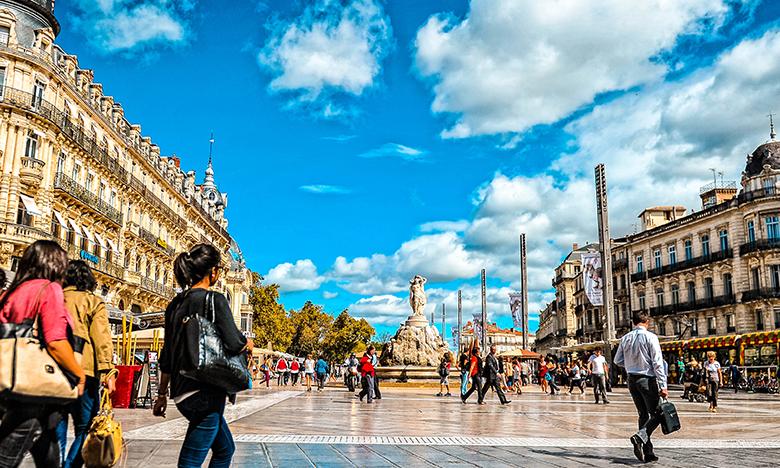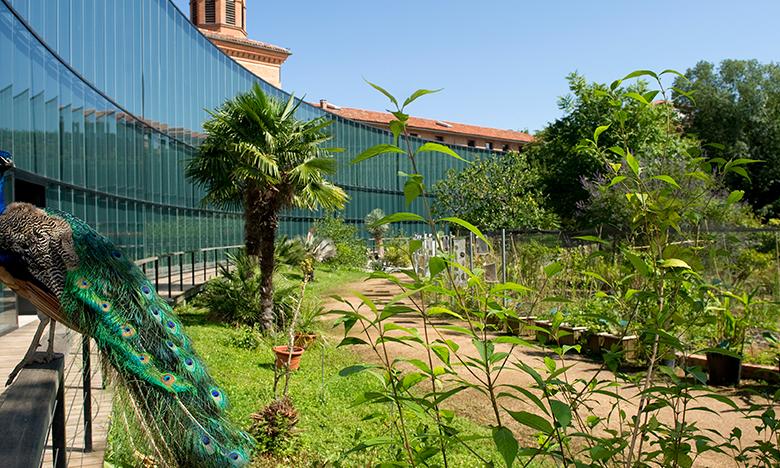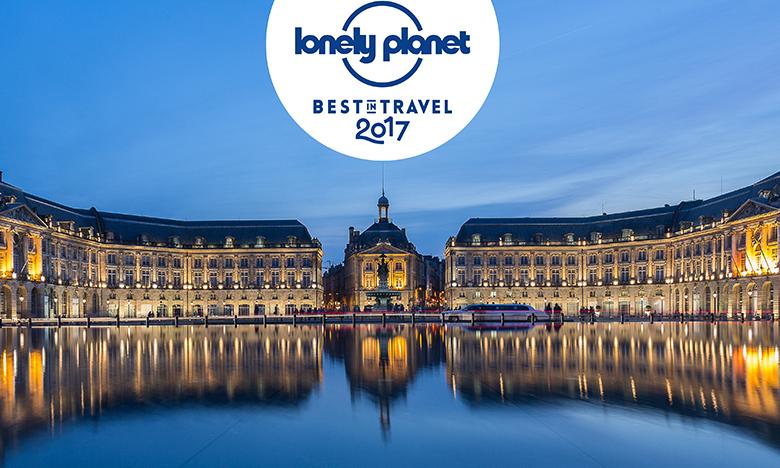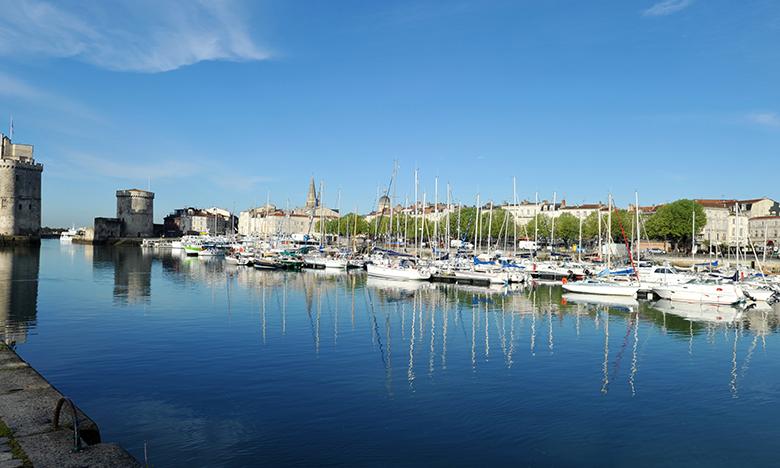Route Description
What you see in French cities isn’t usually all you get. From the Mediterranean Sea to the Atlantic Ocean, it’s worth going a level deeper to understand a city’s fabulous idiosyncrasies. Along the way, this trip plunges into the heart of the world’s largest fine wine regions.
Masterfully, the pedestrianized Ecusson of Montpellier – its 1,000-year-old medieval center of narrow alleyways and elegant buildings – does not clash with the modern surroundings of wide boulevards and architectural splendors. Or with the broad sweeps of France's biggest vineyard. It's a whole greater than the sum of its parts. Learn more about Montpellier
The very bricks used in Toulouse’s historical buildings imbue the city with a captivating pink light. Add to that the layers of cultural significance – such as one of France’s largest universities, Airbus and the Canal du Midi – and this fourth-largest metropolis in the country demonstrates its depth too. Learn more about Toulouse
In Bordeaux, every sunrise is a daily awakening that echoes the city's remarkable rise in stature and status after its major restoration and redevelopment program. What's in store? 350 historical monuments, scores of cultural events, world-class shopping, high-tech public transport and gastronomic wizardry like there is no tomorrow. Learn more about Bordeaux
For centuries, the towers of La Rochelle have stood sentinel over the Old Port. The adjacent old town of arcaded streets and half-timbered houses was home to merchants and sailors. While tourist attractions today, they are still powerful reminders of La Rochelle's role as a departure point for the New World. Learn more about La Rochelle
Along the Way
Beyond Montpellier
Collioure: protected beaches and a sheltered port on an otherwise rugged coastline where the Pyrenees Mountains meet the Mediterranean
Perpignan: plane trees and palms provide shade over wide sun-drenched avenues dominated by the 13th-century castle of the kings of Majorca
Between Montpellier and Toulouse
Carcassonne: the fortified Cathar city with 52 towers from which to contemplate the surrounding vineyards
Albi: an Episcopal town (UNESCO World Heritage Site) with the former bishops’ palace dedicated to the masterpieces of Toulouse-Lautrec
Beyond Bordeaux
- Saint-Emilion: a place of great vineyards, but also churches, monasteries and hospices built beginning in the 11th century by passing pilgrims on route to Spain
How to Cover the Route
| Cities |
Approximate shortest-path road distances between cities | Approximate shortest train/bus travel times between cities |
| Montpellier ↔ Toulouse |
150 miles | 2 h 10 min (TGV) |
| Toulouse ↔ Bordeaux | 152 miles | 2 h 10 min (TGV) |
| Bordeaux ↔ La Rochelle | 120 miles | 2 h 5 min (intercity train) |
Given the long distances between cities and somewhat far-flung attractions (usually detours along the way), this route lends itself to train travel. Day trips to other appealing places can be made – also by train – once the main destination cities have been reached.





